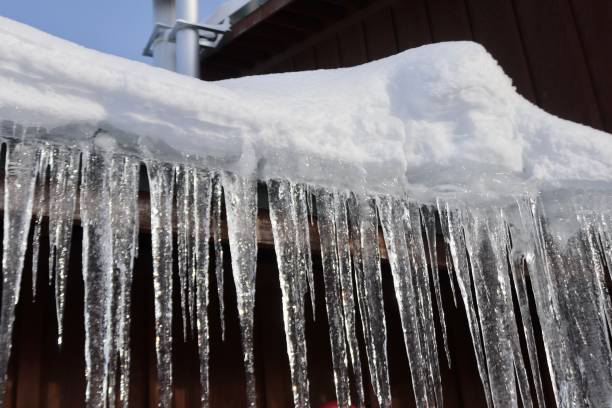The content down the page pertaining to How To Avoid Freezing Pipes is totally engaging. Read it for yourself and see what you think of it.

Cold weather can wreak havoc on your pipes, especially by freezing pipelines. Below's exactly how to prevent it from happening and what to do if it does.
Intro
As temperature levels decrease, the threat of frozen pipes increases, potentially bring about costly fixings and water damages. Comprehending how to stop icy pipes is essential for house owners in cool climates.
Prevention Tips
Protecting susceptible pipelines
Wrap pipes in insulation sleeves or use warm tape to shield them from freezing temperature levels. Concentrate on pipes in unheated or external areas of the home.
Home heating methods
Keep interior rooms appropriately heated, particularly areas with pipes. Open up cabinet doors to allow cozy air to circulate around pipes under sinks.
Exactly how to recognize icy pipes
Search for reduced water circulation from faucets, unusual odors or sounds from pipelines, and visible frost on exposed pipelines.
Long-Term Solutions
Architectural adjustments
Take into consideration rerouting pipes away from outside walls or unheated locations. Add added insulation to attics, basements, and crawl spaces.
Updating insulation
Purchase top notch insulation for pipes, attics, and walls. Correct insulation aids maintain consistent temperatures and decreases the danger of icy pipes.
Securing Outside Plumbing
Garden hose pipes and exterior faucets
Separate and drain pipes garden hoses before winter season. Set up frost-proof spigots or cover outdoor faucets with protected caps.
Comprehending Icy Pipes
What triggers pipes to freeze?
Pipelines ice up when revealed to temperature levels below 32 ° F (0 ° C) for prolonged periods. As water inside the pipelines freezes, it broadens, taxing the pipeline wall surfaces and possibly causing them to burst.
Risks and problems
Frozen pipes can cause water disruptions, residential property damage, and pricey repair services. Ruptured pipes can flood homes and create comprehensive structural damage.
Indicators of Frozen Piping
Determining frozen pipelines early can avoid them from rupturing.
What to Do If Your Pipelines Freeze
Immediate actions to take
If you presume frozen pipelines, maintain faucets open up to eliminate pressure as the ice thaws. Use a hairdryer or towels taken in warm water to thaw pipelines gradually.
Verdict
Avoiding frozen pipelines needs positive steps and fast actions. By understanding the causes, indicators, and safety nets, homeowners can shield their pipes during winter.
5 Ways to Prevent Frozen Pipes
Drain Outdoor Faucets and Disconnect Hoses
First, close the shut-off valve that controls the flow of water in the pipe to your outdoor faucet. Then, head outside to disconnect and drain your hose and open the outdoor faucet to allow the water to completely drain out of the line. Turn off the faucet when done. Finally, head back to the shut-off valve and drain the remaining water inside the pipe into a bucket or container. Additionally, if you have a home irrigation system, you should consider hiring an expert to clear the system of water each year.
Insulate Pipes
One of the best and most cost-effective methods for preventing frozen water pipes is to wrap your pipes with insulation. This is especially important for areas in your home that aren’t exposed to heat, such as an attic. We suggest using foam sleeves, which can typically be found at your local hardware store.
Keep Heat Running at 65
Your pipes are located inside your walls, and the temperature there is much colder than the rest of the house. To prevent your pipes from freezing, The Insurance Information Institute suggests that you keep your home heated to at least 65 degrees, even when traveling. You may want to invest in smart devices that can keep an eye on the temperature in your home while you’re away.
Leave Water Dripping
Moving water — even a small trickle — can prevent ice from forming inside your pipes. When freezing temps are imminent, start a drip of water from all faucets that serve exposed pipes. Leaving a few faucets running will also help relieve pressure inside the pipes and help prevent a rupture if the water inside freezes.
Open Cupboard Doors
Warm your kitchen and bathroom pipes by opening cupboards and vanities. You should also leave your interior doors ajar to help warm air circulate evenly throughout your home.

Do you enjoy reading about Winter Plumbing Precautions: Preventing Frozen Pipes? Try to leave feedback directly below. We would be pleased to know your insights about this write up. Hoping to see you back again in the near future. Do you know about another individual who is truly interested in the topic? Take a moment to promote it. Thank you for being here. Come back soon.
Visit